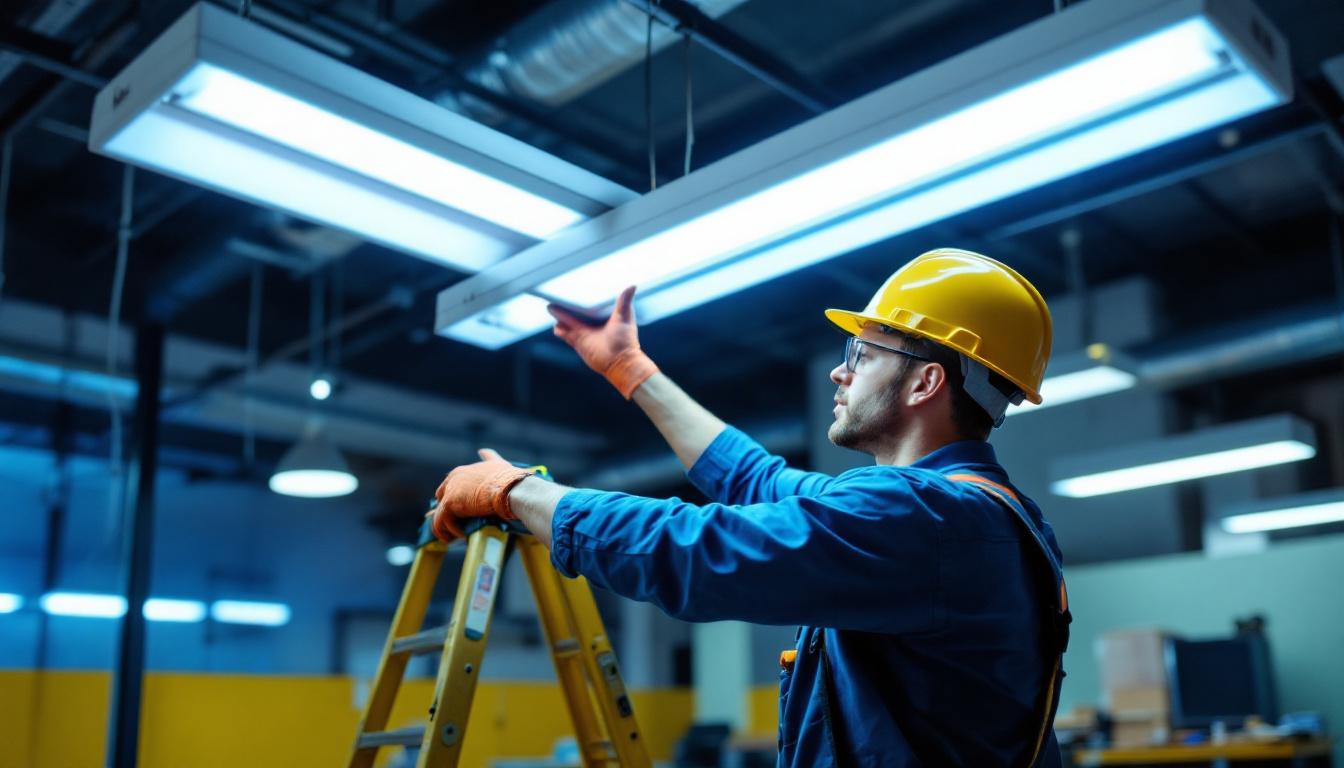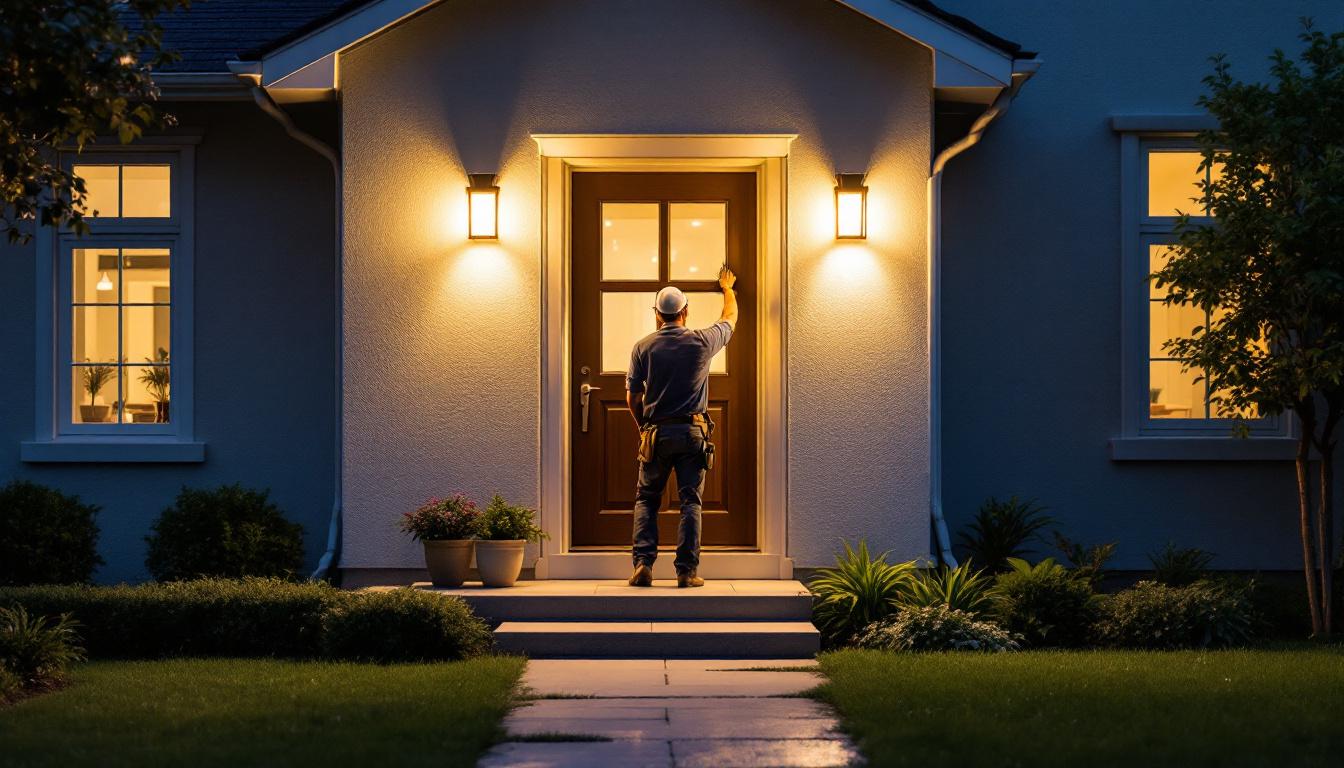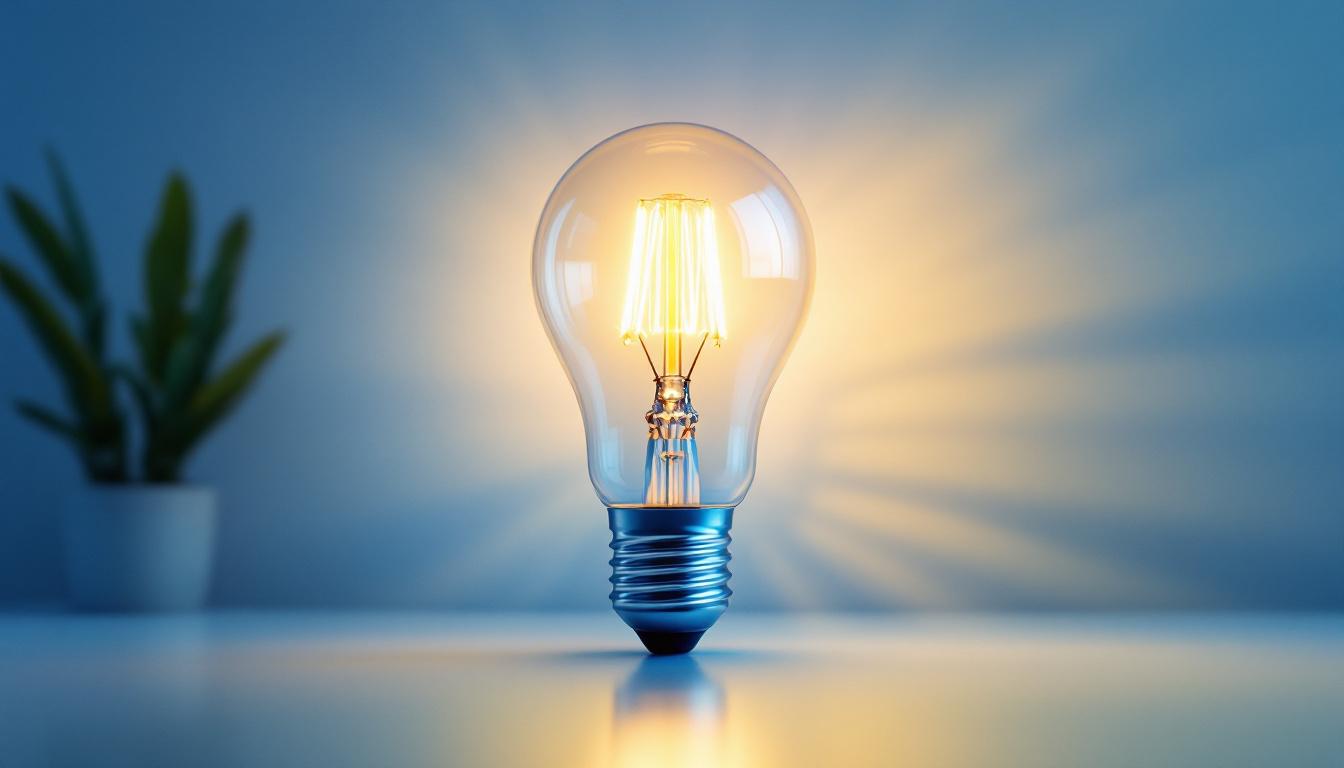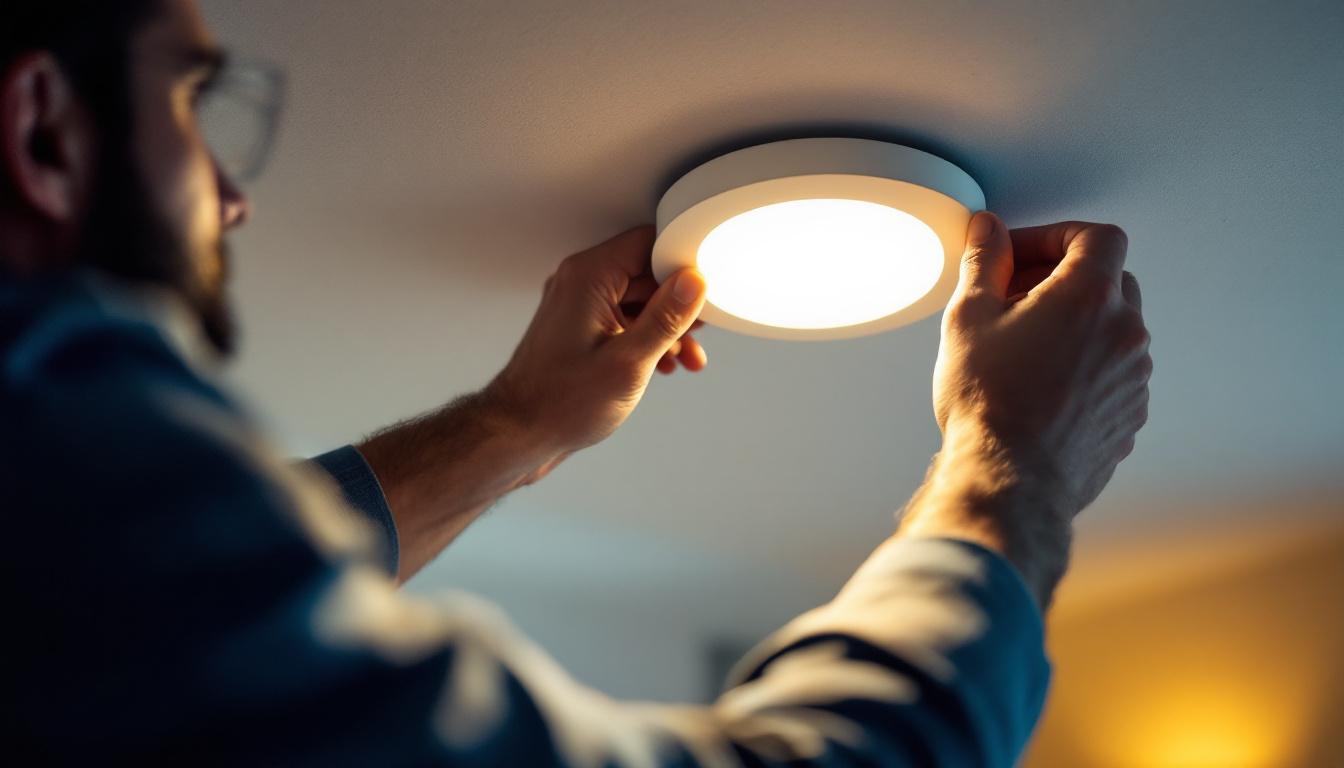
The transition from traditional fluorescent lighting to LED fluorescent replacement tubes, especially the 8-foot variants, has become a significant trend in commercial and industrial lighting. For lighting contractors, this shift is not just about swapping bulbs but involves navigating a complex landscape of technical, logistical, and client-related challenges.
LED technology offers numerous advantages such as energy efficiency, longer lifespan, and reduced maintenance costs. However, the replacement process for 8-foot fluorescent tubes is more intricate compared to smaller sizes due to their length, compatibility issues, and installation environment. Understanding these nuances is crucial for contractors aiming to deliver seamless upgrades and maximize client satisfaction.
One of the primary benefits of LED tubes is their ability to provide high-quality light output while consuming significantly less energy than traditional fluorescent tubes. This not only translates to lower electricity bills for businesses but also contributes to a reduced carbon footprint, aligning with many organizations’ sustainability goals. Moreover, LED tubes emit less heat, which can help in maintaining a comfortable temperature in large spaces, further enhancing energy savings by reducing the load on air conditioning systems.
Additionally, the installation of 8-foot LED tubes often requires a thorough assessment of existing fixtures and electrical systems. Contractors must consider factors such as ballast compatibility and whether retrofitting is necessary. Some LED tubes are designed to work with existing ballasts, while others may require a direct wire installation, which involves bypassing the ballast altogether. This complexity necessitates a detailed understanding of both the product specifications and the unique needs of each installation site, ensuring that contractors can provide tailored solutions that meet their clients’ specific requirements.
One of the foremost challenges contractors face is determining whether the existing fluorescent fixtures and ballasts are compatible with LED replacement tubes. Many 8-foot fluorescent fixtures use magnetic or electronic ballasts, and not all LED tubes are designed to operate with these ballasts. Some LED tubes require ballast bypass, which means the ballast must be removed or disabled to prevent failure or safety hazards.
Deciding between ballast-compatible LED tubes and ballast-bypass tubes impacts installation complexity and long-term maintenance. Ballast-compatible tubes simplify installation but may reduce energy savings and lifespan due to ballast inefficiencies. Conversely, ballast-bypass installations offer better energy efficiency but require rewiring, which increases labor time and cost. Additionally, contractors must consider the potential for future upgrades; choosing ballast-bypass tubes may provide a more future-proof solution as LED technology continues to evolve, ensuring that the installation remains relevant and efficient for years to come.
Older fixtures may not support LED tubes effectively, either due to physical design or electrical constraints. Contractors must assess whether retrofitting is feasible or if complete fixture replacement is more cost-effective. This evaluation often requires detailed on-site inspections and clear communication with clients about the benefits and drawbacks of each option. Furthermore, the condition of the existing fixtures can significantly impact the overall performance of the LED tubes. For instance, fixtures that have accumulated dust or corrosion may hinder light output and distribution, leading to suboptimal lighting conditions even with the latest LED technology.
Moreover, the age of the fixtures can also influence the aesthetic appeal of the installation. Many older fixtures may not align with modern design sensibilities, prompting clients to consider a full upgrade to achieve a more contemporary look. In such cases, contractors can present a range of options, from sleek, minimalist designs to more decorative fixtures that complement the existing architecture. By understanding the client’s vision and the limitations posed by older fixtures, contractors can provide tailored solutions that enhance both functionality and style, ensuring a successful transition to LED lighting.
Eight-foot LED tubes are longer and more cumbersome than standard fluorescent tubes, increasing the risk of damage during transportation and installation. Contractors must implement careful handling procedures and use appropriate equipment such as scaffolding or lifts to ensure safety and prevent product damage. This includes utilizing padded transport cases and ensuring that the tubes are secured properly during transit to minimize movement and potential breakage. Furthermore, it is advisable to conduct a pre-installation inspection of the tubes to identify any defects or damages that may have occurred during shipping, allowing for proactive measures to be taken before installation begins.
Additionally, working at heights or in confined spaces, common in commercial and industrial settings, adds complexity to the installation process. Proper training, adherence to OSHA standards, and use of personal protective equipment (PPE) are essential to mitigate risks. Contractors should also consider the environmental conditions, such as temperature and humidity, which can affect the handling of these materials. For instance, extreme temperatures may make the tubes more brittle, increasing the likelihood of breakage. Implementing a thorough risk assessment before starting the installation can help identify potential hazards and ensure that all team members are well-prepared for the challenges ahead.
Rewiring fixtures for ballast bypass or retrofitting requires contractors to work with live electrical components. Ensuring all power is safely disconnected and verifying wiring integrity is critical to prevent electrical hazards. Moreover, contractors must stay updated on local electrical codes and standards to ensure compliance and avoid liability issues. This includes understanding the specific requirements for LED installations, which may differ significantly from traditional lighting systems. Regular training sessions and workshops can help keep the team informed about the latest safety practices and technological advancements in electrical installations.
In addition to disconnecting power, it is also vital for contractors to utilize proper tools and techniques when handling electrical components. This may involve using insulated tools to reduce the risk of accidental shocks and employing lockout/tagout procedures to ensure that equipment cannot be inadvertently energized during maintenance. Furthermore, maintaining clear communication among team members during the installation process can enhance safety, allowing for quick responses to any unexpected situations that may arise. By fostering a culture of safety and vigilance, contractors can significantly reduce the risk of electrical accidents and ensure a smooth installation process.
Clients often seek the most cost-effective lighting solutions, but the cheapest LED tubes may not provide the best performance or longevity. Lighting contractors must educate clients on the total cost of ownership, including energy savings, maintenance reduction, and potential rebates or incentives for energy-efficient upgrades. It is essential to highlight how investing in higher-quality products can lead to significant long-term savings, not just in energy costs but also in reduced replacement frequency and lower maintenance expenses. For instance, while a lower-priced LED tube might seem appealing initially, its shorter lifespan could lead to increased costs over time due to more frequent replacements and labor associated with installation.
Providing detailed cost-benefit analyses and transparent pricing helps build trust and facilitates informed decision-making. Contractors should also consider offering tiered product options to accommodate varying budget levels without compromising essential quality standards. This approach allows clients to choose products that fit their financial constraints while still meeting their performance needs. Additionally, showcasing case studies or testimonials from previous clients can further illustrate the value of investing in quality lighting solutions, reinforcing the idea that a slightly higher upfront cost can yield substantial benefits down the line.
Some clients prioritize lighting quality, color temperature, and fixture aesthetics. LED tubes come in various color temperatures and dimming capabilities, which can affect ambiance and productivity in workplaces. Contractors need to understand client requirements thoroughly and recommend products that align with their vision and operational needs. For example, a warm color temperature might be ideal for creating a cozy atmosphere in a restaurant, while a cooler temperature could enhance focus and alertness in an office environment. Understanding these nuances allows contractors to tailor their recommendations, ensuring that the final installation not only meets practical needs but also enhances the overall aesthetic appeal of the space.
Moreover, the integration of smart lighting technology has opened up new avenues for customization. Clients may be interested in solutions that allow them to control brightness and color temperature through mobile apps or smart home systems. This level of interactivity can significantly enhance user experience and adaptability in various settings, from residential to commercial spaces. By staying informed about the latest advancements in lighting technology, contractors can offer innovative solutions that not only meet client expectations but also set their services apart in a competitive market.
Lighting contractors must be well-versed in current energy codes such as ASHRAE 90.1 and local regulations that govern lighting efficiency and installation practices. Non-compliance can result in project delays, fines, or the need for costly rework.
Ensuring that LED replacements meet or exceed these standards is not only a legal obligation but also a competitive advantage. Contractors who demonstrate expertise in regulatory compliance can better advise clients and streamline project approvals.
Fluorescent tubes contain mercury and other hazardous materials, requiring proper disposal and recycling. Contractors must establish protocols for safe removal and disposal to avoid environmental contamination and legal penalties. Partnering with certified recycling facilities and educating clients on environmental benefits of LED upgrades enhances the contractor’s professional reputation.
LED tubes vary widely in quality and durability. Contractors face the challenge of selecting reliable products backed by robust warranties to minimize call-backs and maintenance issues. Vetting suppliers, reviewing product certifications (such as DLC or ENERGY STAR), and understanding warranty terms are critical steps.
Even with careful installation, issues such as flickering, dimming, or premature failure can arise. Contractors must be prepared to provide timely support and troubleshoot problems effectively. Establishing clear communication channels and maintenance agreements with clients helps maintain long-term relationships and enhances contractor credibility.
LED fluorescent replacement for 8-foot tubes presents a unique set of challenges for lighting contractors, from technical compatibility and installation logistics to client management and regulatory compliance. Success in this evolving market depends on a thorough understanding of these challenges and proactive strategies to address them.
Contractors who invest in ongoing education, partner with reputable manufacturers, and maintain transparent communication with clients will be well-positioned to deliver high-quality, efficient lighting solutions. By anticipating potential obstacles and planning accordingly, lighting professionals can turn these challenges into opportunities for growth and differentiation in a competitive industry.
Ready to tackle the challenges of 8-foot LED fluorescent replacements with confidence? LumenWholesale is your trusted partner, offering a vast array of spec-grade lighting products at unbeatable wholesale prices. Say goodbye to middleman markups and hello to superior lighting that meets the highest industry standards. With free shipping on bulk orders, you can ensure your projects shine with quality and value. Don’t let logistics and costs dim your business potential. Wholesale Lighting at the Best Value is just a click away. Elevate your lighting game with LumenWholesale today.

Discover the common pitfalls lighting contractors face when installing solar front door lights.

Discover the transformative impact of B Lamp Bulbs in contemporary lighting solutions.

Discover how using recessed lights with covers can revolutionize efficiency for lighting contractors.

Discover how automation technology can revolutionize the way lighting contractors assess and manage projects.